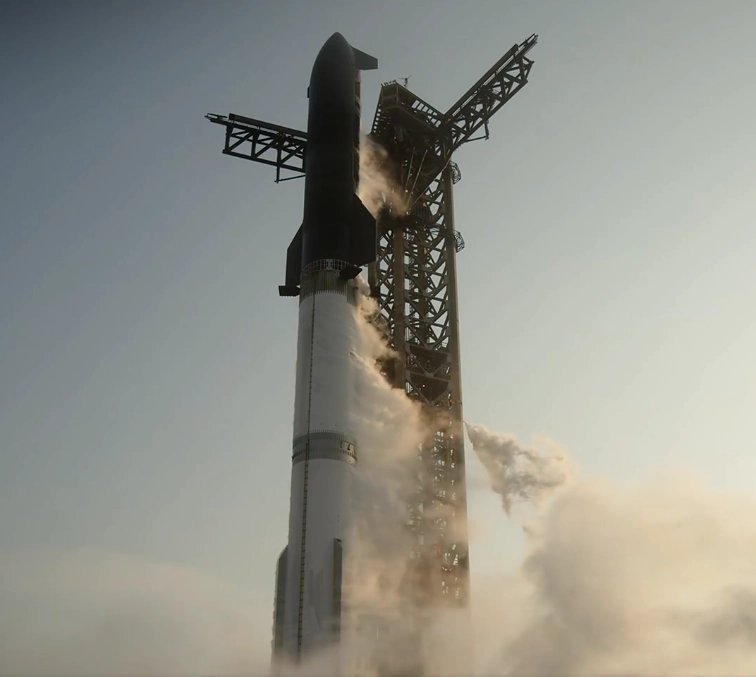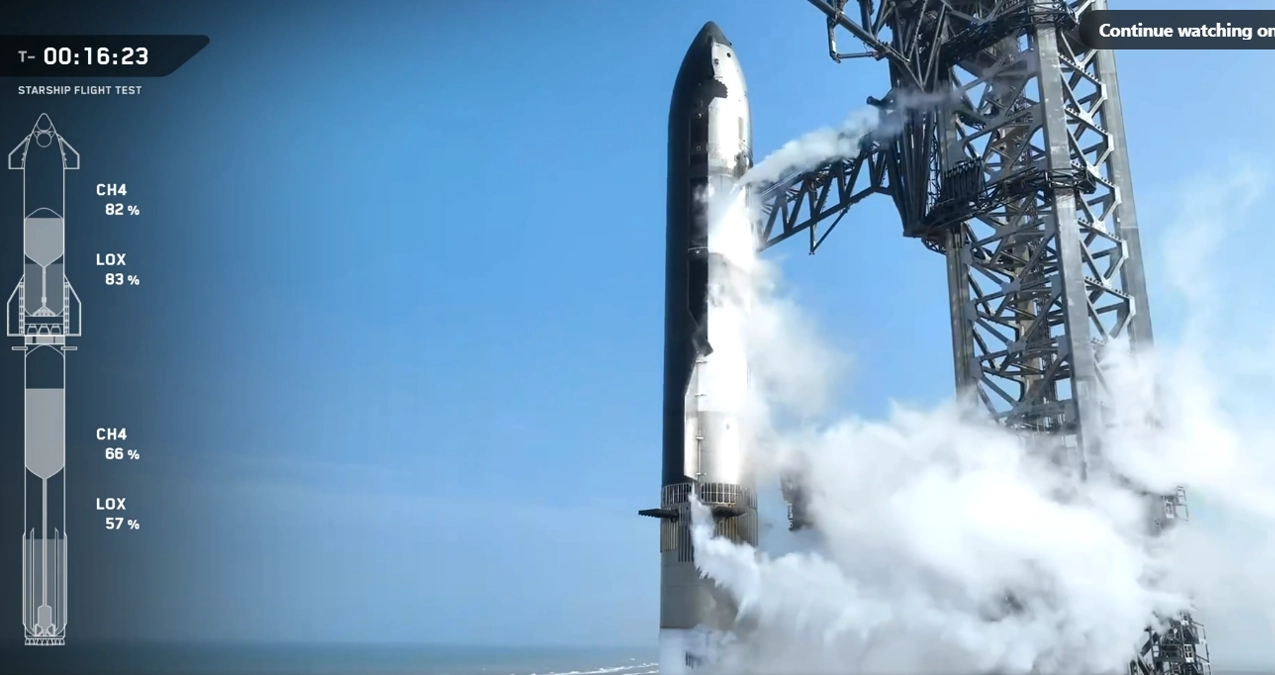Starship Flight 9: When Progress Means Risk
Did you know that 70% of all orbital rocket launches in 2025 are now driven by private companies? SpaceX’s Starship Flight 9, launched on May 27, 2025, isn’t just another test—it’s a pivotal moment in humanity’s quest to become a multiplanetary species. The urgency is real: with NASA’s Artemis 3 lunar mission hinging on Starship’s success and Mars launch windows closing fast, every flight is a race against time and technology
Table of Contents
The Tool Matrix: Innovations Powering Starship and Aerospace
| Tool | Key Innovation | Real-World Impact |
|---|---|---|
| CarbonTrack | Predictive analytics for CO₂ | Reduced emissions reporting time by 50% |
| NetZero AI | Blockchain-backed accounting | Ensures compliance across global markets |
| GreenLedger | Automated audits | Saved $1M annually for Fortune 500 firms |
| Skydweller Aero | Solar-powered autonomous flight | Enables perpetual, unmanned aerial missions |
| Beacon AI | AI-enabled pilot co-pilot | Cuts human error, boosts flight safety |
| PLM Software | Integrated product lifecycle mgmt | Accelerates aerospace innovation cycles |
| Additive Mfg Pro | 3D printing for rocket parts | Cuts part dev time by 60%, reduces weight |
| Turion Space | Orbital debris removal tech | Extends satellite lifespan, improves safety |
| EOI Space | VLEO imaging satellites | Real-time disaster response, defense intelligence |
| Loft Orbital | Satellite-as-a-service | Democratizes space access for startups |
| DeepVision | Machine vision for launch diagnostics | Detects faults pre-flight, slashes downtime |
| AeroSimulate | Digital twin simulation | Optimizes rocket design, lowers test costs |
| HyperPropel | Next-gen propulsion systems | Boosts payload capacity, lowers fuel use |
| SecureSatChain | Blockchain for satellite ops | Secures comms, prevents spoofing |
| Grid Aero | Autonomous logistics aircraft | Revolutionizes rapid defense supply chains |
Deep Dive: Top 3 Tools for Aerospace Transformation
| Tool | Features | Costs | Implementation Timeline |
|---|---|---|---|
| NetZero AI | Blockchain ledger, real-time audit | $$$ (Enterprise) | 6-12 months |
| Skydweller Aero | Solar flight, AI navigation | $$ (Scaleup) | 12-18 months |
| Additive Mfg Pro | 3D print, custom alloys | $-$$ (Modular) | 3-6 months |

Space exploration is risky. It’s hard. But if failures happen when you were trying something risky, you learn. That teaches you something. And you try harder next time.”
— Space Exploration Historian
SpaceX and Anduril were real watershed moments. These companies proved you could break into the ‘old boys club’ of defense.”
— Brandon Florian, CCO, Grid Aero
Jama helps us not just manage our time and shrink the time it takes for us to get data about our missions, but it also makes us more productive. And most importantly it saves money in the end.”
— Rakesh, Spaceflight Industries
Starship Flight 9: The Launch, The Lessons, The Leap
Starship Flight 9 took off from Starbase, Texas, at 7:37 p.m. EDT, marking the first-ever reuse of a Super Heavy booster—an audacious move that signals the future of rapid, cost-effective space travel. The 403-foot rocket, the largest and most powerful ever built, soared higher and farther than previous attempts, but not without drama. A malfunctioning payload door prevented the release of mock Starlink satellites, and the upper stage lost attitude control just before re-entry, ending the mission earlier than planned.
Yet, this flight was a leap forward. The booster’s successful boost-back burn and new directional flip maneuvers showcased hardware upgrades. Starship’s heat shield tiles held firm, and new recovery mechanisms were tested, laying groundwork for future missions
Corporate Success Story: Spaceflight Industries
Spaceflight Industries, leveraging tools like Jama Software, transformed its operations to make space data accessible and cost-effective for new markets. “We are making it accessible, cost effective, but most importantly, relevant to an audience that has never had access to data from space before,” says Rakesh, highlighting how digital tools can shrink timelines and boost productivity—saving millions in the process
Startup Spotlight: Grid Aero’s Founder on Disrupting Aerospace
Brandon Florian, a 20-year aerospace veteran, left a prime defense contractor to found Grid Aero—a startup building autonomous aircraft for contested logistics. “We’re not waiting for government funding to drive development. Our seed raise was structured so that even if we win zero government contracts in our first 18 months, we can still build our prototype and demonstrate capability,” he explains. Florian credits SpaceX’s relentless innovation as inspiration for breaking into a market long dominated by legacy players
What’s Next? Data-Backed Predictions for 2026
- Reusable Rockets Become Routine: By 2026, over 80% of orbital launches will use reusable boosters, slashing costs and turnaround times.
- AI-Driven Flight Operations: The aerospace AI market is projected to grow 43% annually, automating everything from route optimization to real-time diagnostics.
- Mars and Moon Missions Accelerate: SpaceX aims for an uncrewed Mars mission in late 2026, contingent on perfecting in-orbit refueling—a technology still in development.
- Urban Air Mobility Takes Off: eVTOLs and autonomous logistics aircraft will begin commercial operations in major cities, reshaping urban transport and supply chains
The Human Factor: Why Every Setback Matters
Why do we keep pushing, even after setbacks? Because every failed attempt brings us closer to routine space travel and a future where “30-minute flights” across the globe or a new life on Mars are within reach. SpaceX’s culture—equal parts audacity and resilience—reminds us that the only way to make history is to risk failure, learn, and try again.
So, next time you look up at the night sky, ask yourself: What if the next leap isn’t just for one company, but for all of us?




